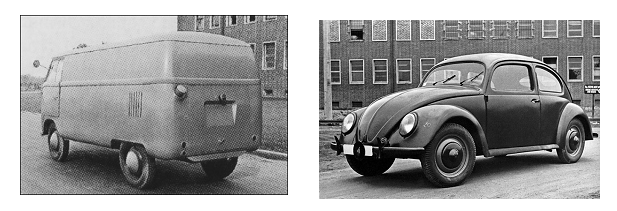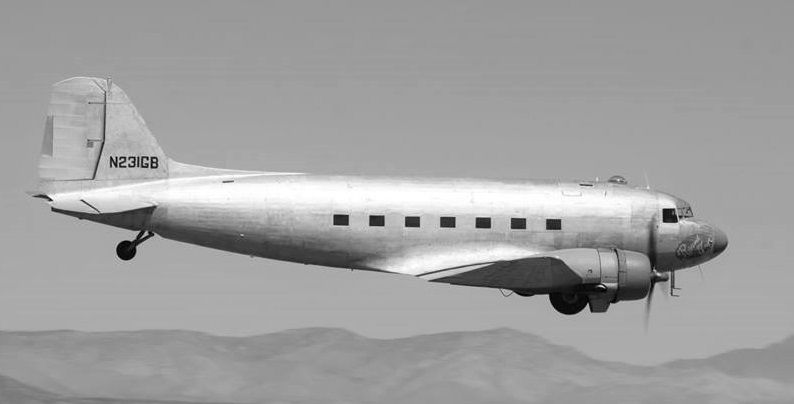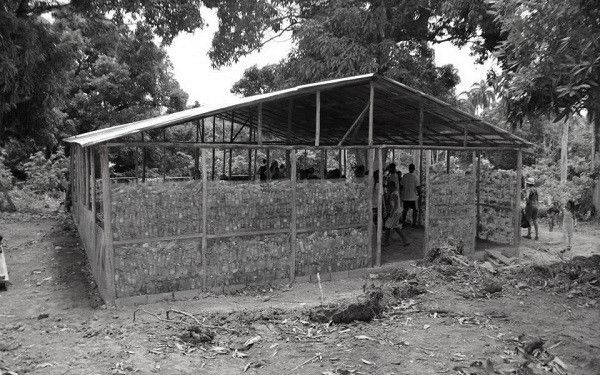Lima, The American Embassy, 26 April 1948
Ambassador William Pawley sat quietly as Commander Stevens briefed him on his suspicions.
“It seems clear, Mr. Ambassador, that the Chinese delegation is interested in more than just bilateral trade”. Stevens spoke with a heavy dose of sarcasm. “There is no doubt that they would like nothing less than access to the Peruvian market for their exports, and the Peruvians would be happy enough to sell them aircraft.”
Pawley, whose own connections with the American aircraft industry were strong, scoffed. “Really Commander… Peruvian aircraft for China?”
Stevens half-shrugged. “Peruvian aircraft are designed to operate in ‘hot-and-high’ conditions, similar to those of China’s interior. They would serve well, but that is not what concerns me.” The naval officer then launched into his concerns about the possibility of China seeking to purchase surplus warships from Peru.
“Are the Peruvians soliciting offers for any of their ships?” Pawley asked.
“That’s just it sir,” Stevens continued. “With the new construction completed over the last couple of years, and the rapprochement with Chile, the Armada has far more ships than it needs; far more, in fact, than they can operate effectively. A lot of their ships are just sitting in port, but my inquiries have been met with blank stares and evasions.”
“So, officially, Peru has no plans to sell any of its ships?” Pawley summarized.
“Officially, no sir, they do not.” Then Stevens added, “Neither do they officially have plans not to sell any of its vessels in ordinary.”
“But we cannot prove a negative.”
“No sir, we cannot.”
Pawley drummed his fingers on the desk without thinking. He stopped, realizing what he was doing. “I will inquire at the Foreign Ministry about ‘rumors’ that have come to my attention, and see what they will tell me. From Washington’s perspective, reducing the risk of a naval arms race here would be a good thing; but selling any vessels to China would threaten our interests in the Far East.”



